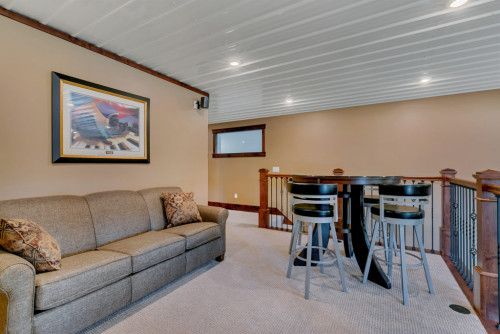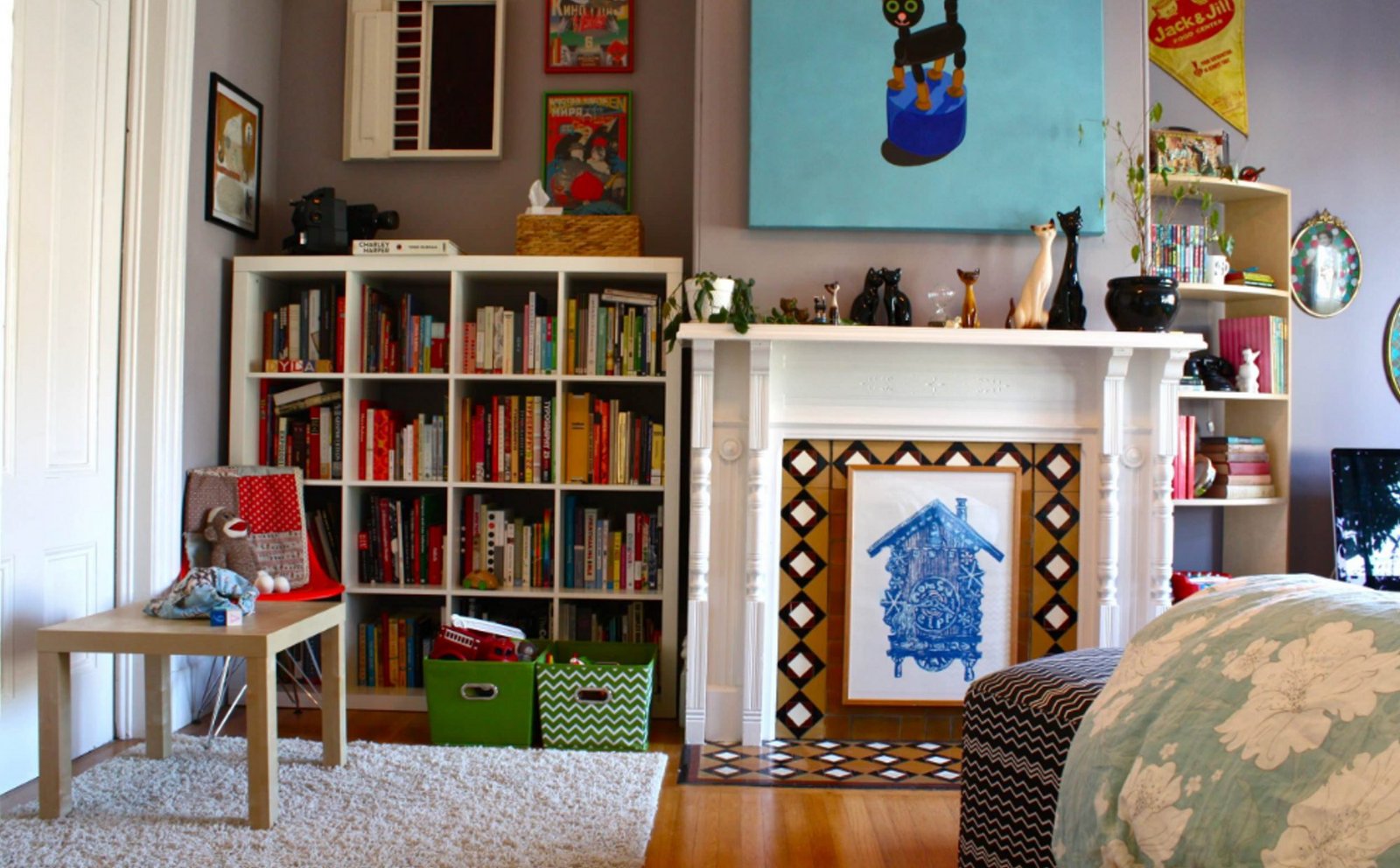Any rental property is usually one of the best investments, and can be indeed an excellent source of income.
However, over time as landlord, you will have to deal with many wear and tear issues. It is wise and good for you to distinguish between normal wear and tear and substantial damage, which will certainly require costly repairs because only in this way you can avoid these costs.

Photo by Structural Buildings – Discover balcony design ideas
In these cases of considerable damage, you as landlord can use the tenant’s security deposit to cover the repair costs. Therefore, let’s see what it means wear and tear and what it means actually damages.
Normal Wear and Tear
1| Even if you have a good and conscientious tenant who had a special care and attention to your property, it is likely to be still some problems, especially when he occupied this premise for a long time.
So it is absolutely inevitable that you have to deal with old and shriveled paint or tiny holes in the walls remained from the nails used for hanging pictures. However, this is definitely a case of normal wear and tear.
2| Same thing with the carpet. Furniture pieces have left traces in fabric carpets, and where they do not have covered carpet, some discoloration may be observed, not to mention dirt and dust that has accumulated over time.
3| Dirty and dusty curtains and blinds is a common thing after a long period of time in these rental properties. More than that, blind strings and pulls are usually worn, tangled and knotted due to their prolonged usage.
4| Plumbing, wiring and electrical issues are also the responsibility of the lord to be repaired.
5| You as landlord, should also deal with the mold and mildew problems, especially if it is a result of broken pipes, especially if the tenant has notified to you in time.
Actual Damage
Let’s see now what can be considered actually damage. It is know that in these cases a landlord can cover with a part of the tenant’s security deposit his expenses related to repairs.
1| How I have mentioned above stripped, old paint, torn and discoloured wallpaper and marks and little holes on the walls cannot be considered actual damage. They are simply, normal wear and tear issues.
However, the situation changes when you deal with scratches, too many or big holes in the walls or chipped wall corners. In other words, when it is clear that your tenant has caused these damage.
2| Stains, blotches, burns on the carpet, a torn carpet and deep scratches on the surface of a wooden floor represent also damages.
Odors and stains on the carpet or floors caused by pets can be considered damage. It is quite expensive and difficult to eliminate odors and stains, because urine has penetrated deep into the substrate.
3| Though burned light bulbs are usually part of normal wear and tear, broken cabinets, furniture pieces and light fixtures can be considered actual damage.
4| Same thing with windows and doors that have cracks or even, are broken constitute a considerable damage that is due of tenant careless use.
5| Though some dirt and dust is quite normal because the tenant has lived a long time inside, an excessive amount of dust, grime and dirt can be considered definitely damage. You will need professional cleaning, which will be costly for you.
6| If your tenant has pets, make sure he has not left behind parasites such as a flea infestation. You will need professional assistance for removal.
7| It is normal to see sign of usage in the kitchen. The kitchen appliances are used every day and of course that leaves traces in time. They will be considered normal wear and tear.
The situation is different when you find damaged stove burners or broken fridge compartments due carelessness and negligence of the tenant. These can be considered actual damage and you are entitled to use a part of the tenant’s security deposit to cover your expenses. In fact, when your tenant signs the checking-out forms, all the appliances should work properly.
8| A broken toilet or sink are considered actual damage and the repairs will be covered by the tenant’s security deposit.
How to Decorate A Rental | How To Build A House (howtobuildahouseblog.com)


